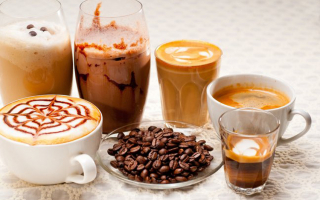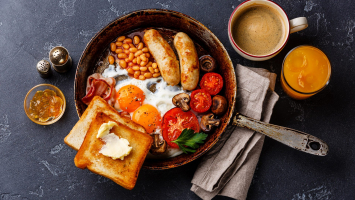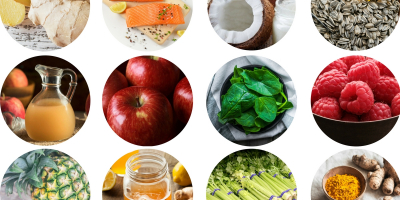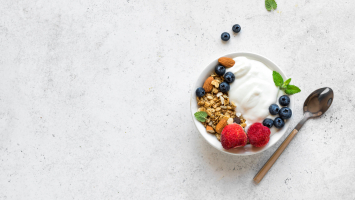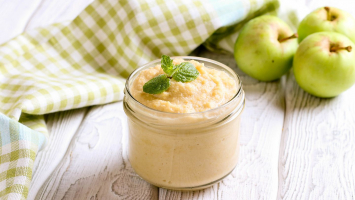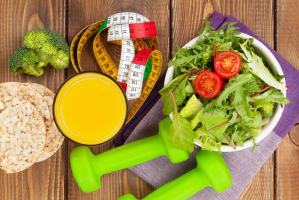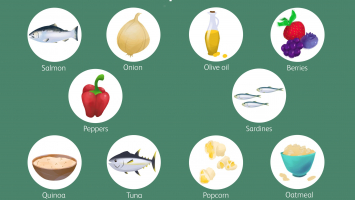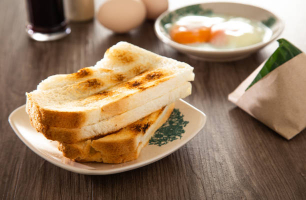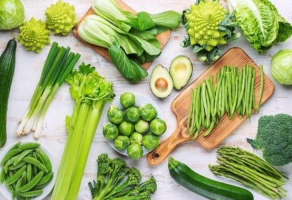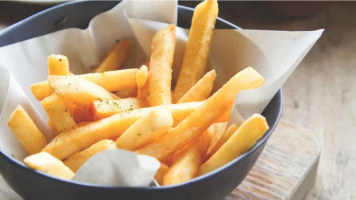Top 8 Most Common Foods and Drinks with Caffeine
Natural sources of caffeine include the leaves, seeds, and fruits of numerous plants, where it serves as an insect and plant repellant. It is naturally present ... read more...in kola nuts, guarana, cocoa, and coffee beans. People also add it to ice cream and energy bars, among other foods and beverages. The article below lists ten foods that are high in the substance.
-
A natural source of caffeine, coffee beans are used to make this brewed beverage. Coffee is revered for its flavor and scent all over the world and is consumed for its stimulating properties, which boost alertness, mood, and energy levels.
A higher risk of heart disease has been reported by some research examining the link between coffee consumption and disease risk, while potential health benefits, such as a lower risk of type 2 diabetes, have been demonstrated by other studies. An 8-ounce (240 mL) cup of coffee typically has 100 mg of caffeine in it. 4 cups of coffee per day will keep you within the 400 mg of safe caffeine intake for healthy adults at this level. However, the amounts of caffeine in various coffee products might vary greatly. For instance, a 16-ounce (475 mL) Grande Vanilla Latte from Starbucks contains 170 mg of caffeine, and a Grande Blonde Roast of the same size contains 360 mg. To find out how much caffeine is in each serving of coffee, read the nutrition label.
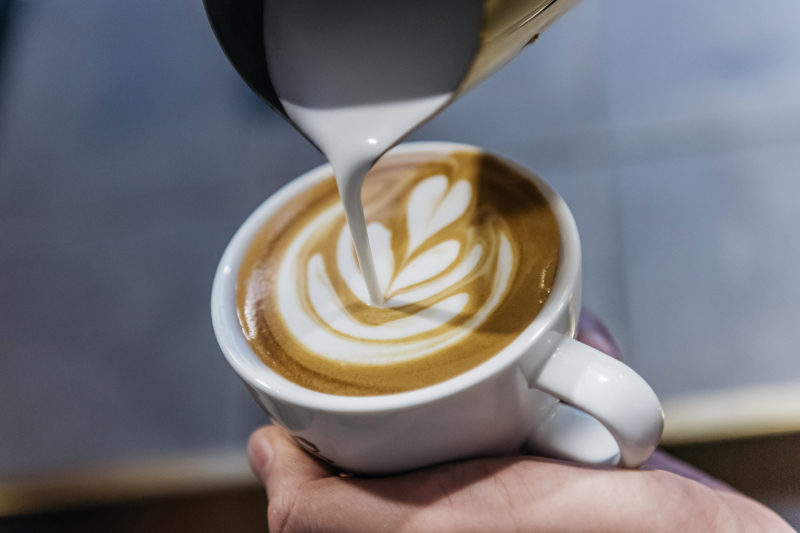
Coffee 
Coffee -
Like coffee beans, cocoa beans have caffeine in them by nature. Thus, a certain amount of caffeine can be found in all types of chocolate and foods flavored with chocolate, but the amount varies depending on the product's cocoa content.
The amount of caffeine present in 3.5 ounces (100 grams) of various chocolates is about as follows:
- 100% cocoa chocolate: 240 mg of caffeine — the equivalent of 2.5 cups of regular coffee
- Bittersweet chocolate (55% cocoa): 124 mg of caffeine
- Milk chocolate (33% cocoa): 45 mg of caffeine — around the amount of caffeine in a cup of black tea
Additionally, cocoa contains substances like flavonols and methylxanthines, and some research has looked into the possibility of it being a functional food. These substances, which include caffeine, have anti-inflammatory and antioxidant properties and could be beneficial for your health. For fans of chocolate, that is excellent news.
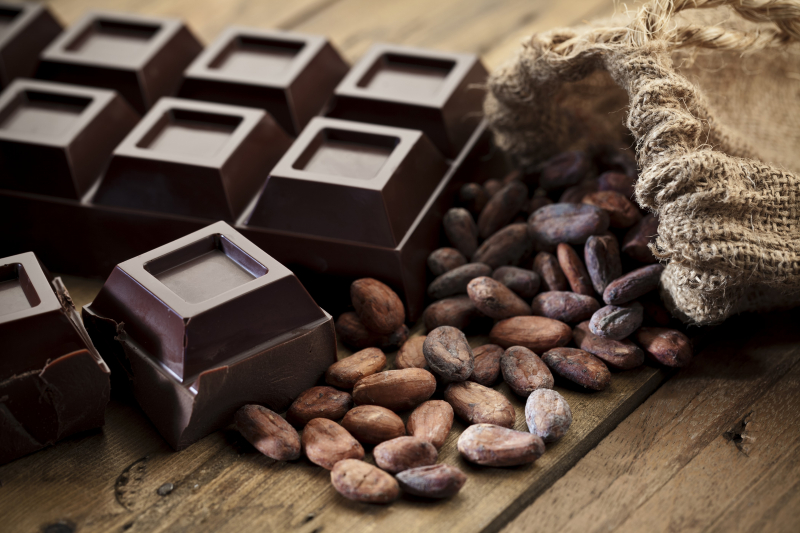
Cocoa beans and chocolate 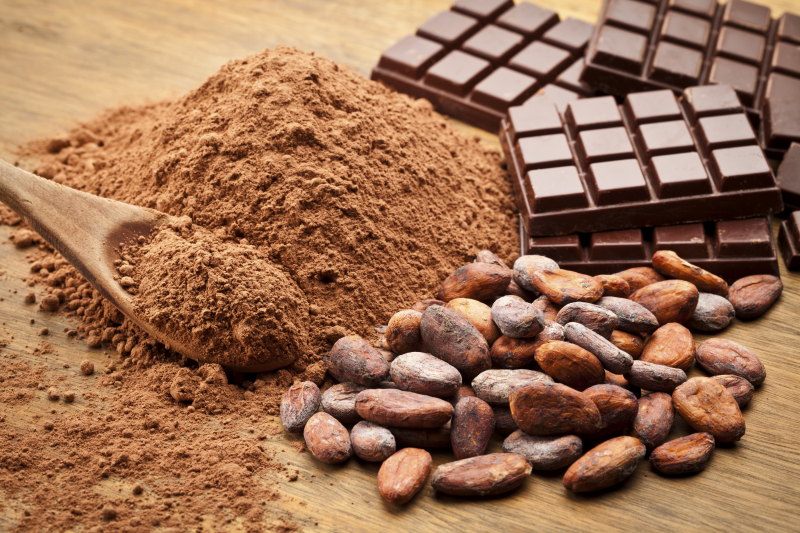
Cocoa beans and chocolate -
The kola nut is the fruit of the kola tree (Cola acuminata and Cola nitida), indigenous to West Africa. The trees, which reach heights of 40 to 60 feet, produce a star-shaped fruit. Each fruit contains between two and five kola nuts. About the size of a chestnut, this little fruit is packed with caffeine.
The kola nut is highly treasured across all socioeconomic and religious scopes for its cultural symbolism, economic significance, and health benefits. It used to be a key flavoring component and a significant source of caffeine in commercial colas like Coca-Cola. However, it is no longer used by some well-known cola brands. The kola nut, a seed from the kola tree, contains naturally occurring caffeine. People use its extract as a food additive and can consume it fresh or dry. Although the kola nut itself may be beneficial for health, consistently consuming sugar-filled drinks is linked to weight gain and other harmful effects on health.
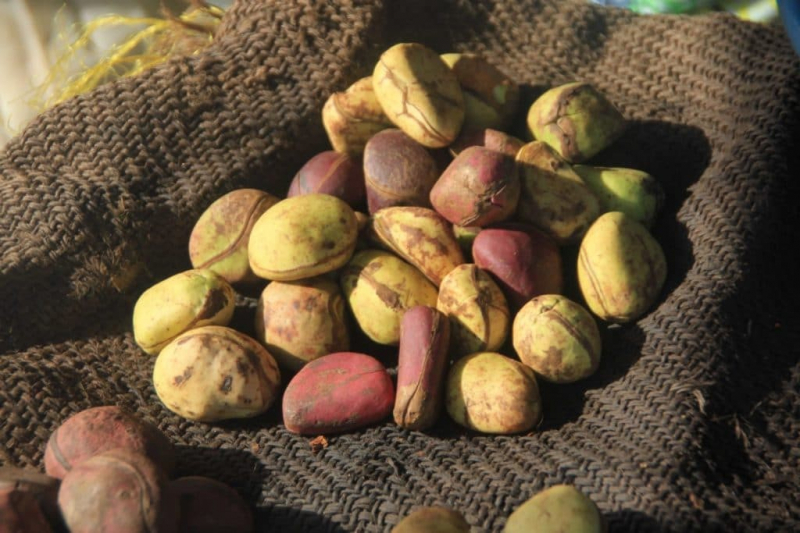
Kola nut 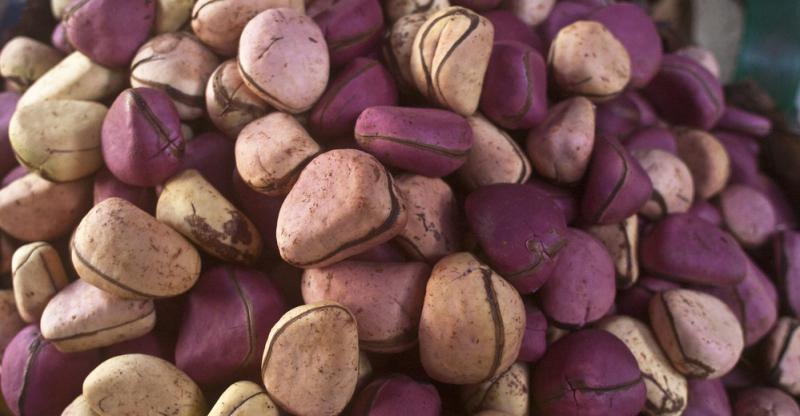
Kola nut -
Green tea is another natural source of caffeine. It is particularly well-liked in Asian nations. Green tea is more than just a hydrating beverage, it is touted to be one of the healthiest beverages on the planet.
Studies have revealed that theanine, an amino acid found in green tea, acts on the hippocampus in the brain and reduces stress in both people and animals. Further research is required, however, a 2017 study highlighted the possibility that green tea's theanine and caffeine content may enhance cognition and brain function while also lowering anxiety. Half as much caffeine as a cup of coffee is present in an 8-ounce (240 mL) serving of green tea, which contains between 30 and 50 mg of caffeine. The age of the leaf affects the caffeine content in green tea. Less caffeine is present in older leaves than in younger leaves.
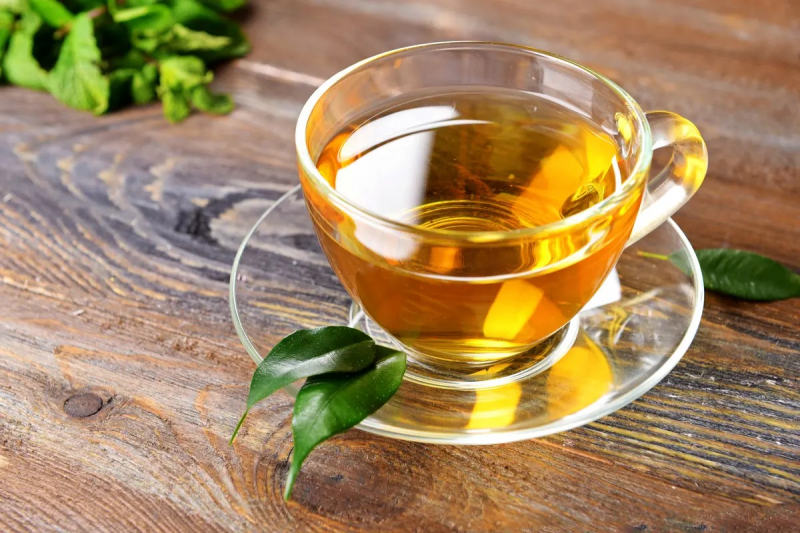
Green tea 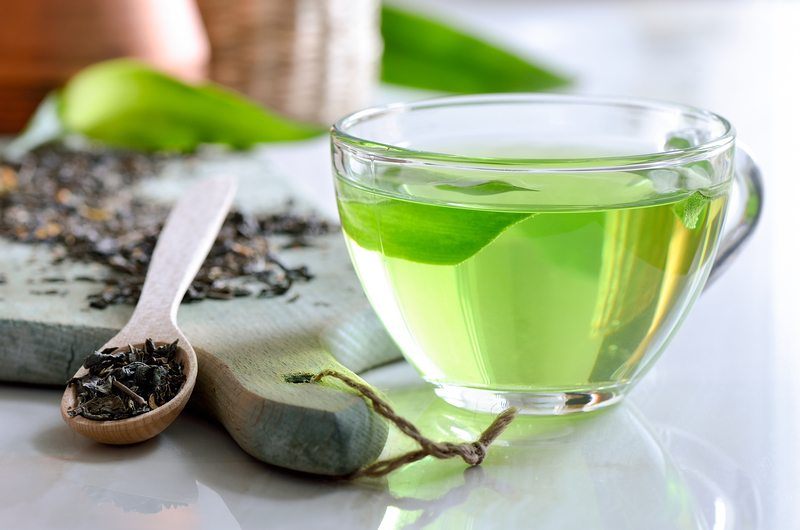
Green tea -
The Brazilian Amazon region is home to the guarana plant, which is prized for its antioxidant and stimulating qualities. Caffeine is one of the methylxanthines found in the guarana plant, just like in cocoa beans.
Amazonian tribes have used guarana for centuries for its therapeutic properties. It contains an impressive range of stimulants, such as caffeine, theophylline and theobromine. Guarana also boasts antioxidants, such as tannins, saponins and catechin. Consuming guarana is linked to more energy and defense against metabolic syndrome, high blood pressure, and obesity in older adults, according to studies. As a food additive, companies add guarana extract to soft drinks, energy drinks, energy bars, and herbal dietary supplements.
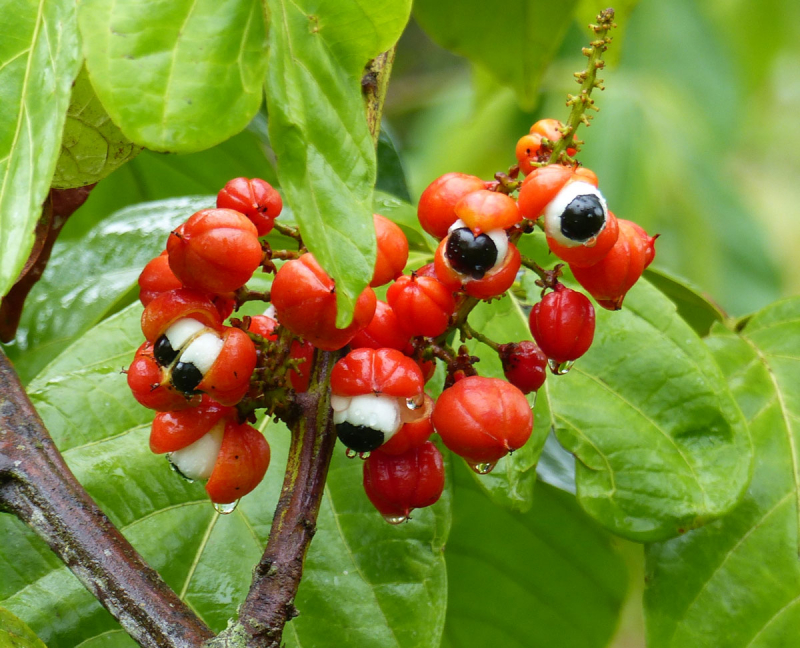
Guarana 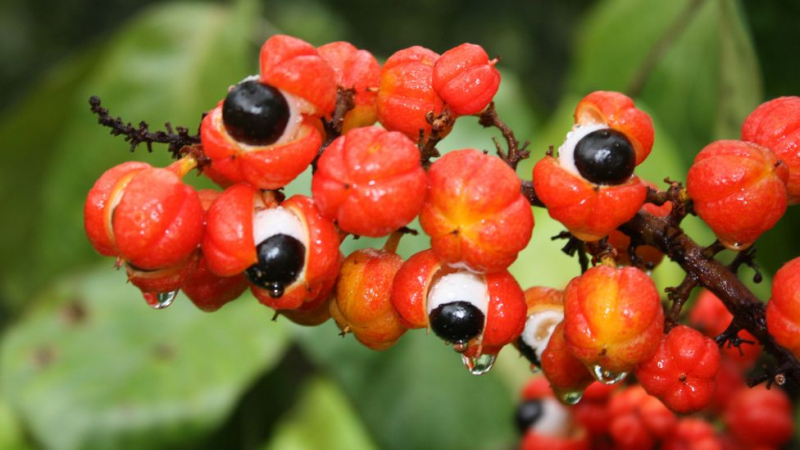
Guarana -
Yerba mate is a traditional South American drink that’s gaining worldwide popularity. It’s said to have the strength of coffee, the health benefits of tea, and the joy of chocolate. At 85 mg of caffeine per cup, yerba mate contains less caffeine than coffee but more than a cup of tea.
It is manufactured from the large-leafed Ilex paraguariensis tree's dried, crushed leaves. Yerba mate, sometimes called Paraguay tea, contains caffeine naturally. It has been praised by experts as a heart-healthy beverage with a wide range of possible health advantages, including its antibacterial and antioxidant characteristics. The plant chemicals known as polyphenols, which are beneficial to human health, are also found in yerba mate. Depending on the brewing method, yerba mate contains 20–180 mg of caffeine per 8 ounces (240 mL).
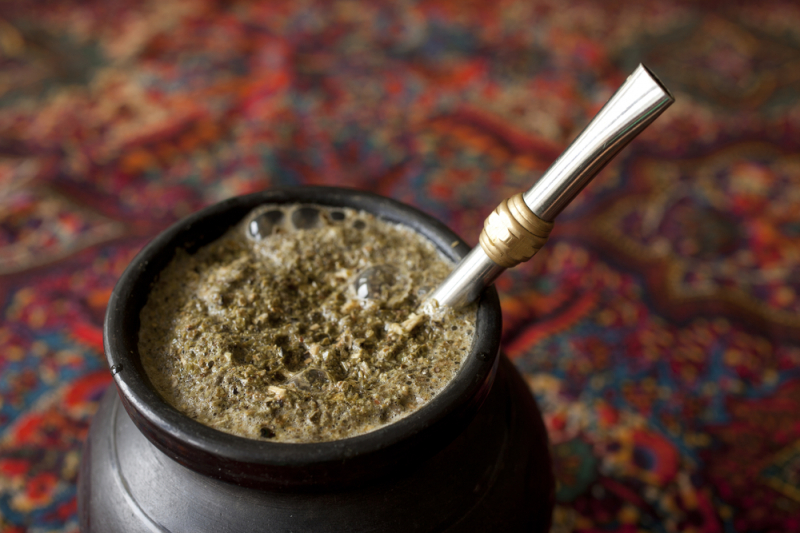
Yerba mate drink 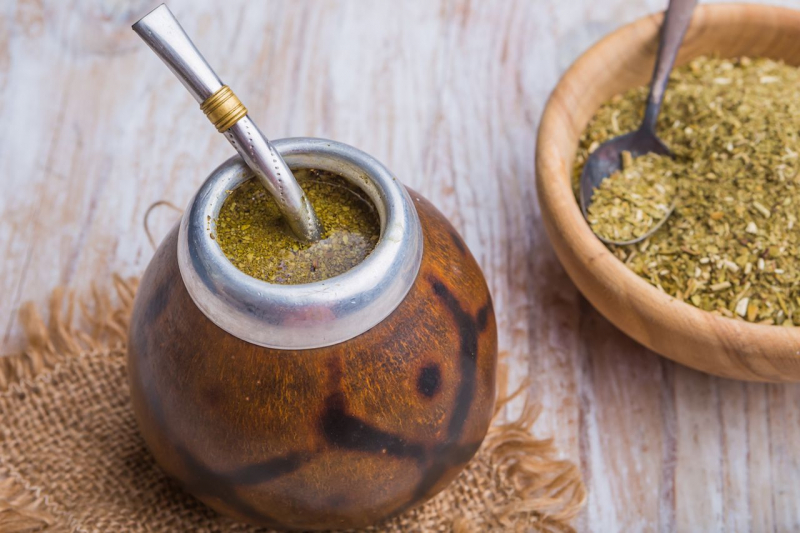
Yerba mate drink -
Traditional chewing gum is a soft, rubbery substance made from tree sap. Although it is not a natural source, manufacturers might add caffeine to their recipes. Due to this, chewing gum has become common among some sportsmen and those looking for an energy boost.
According to studies, caffeine in chewing gum is absorbed significantly more quickly than caffeine in capsules. This may be because the inner cheek's buccal mucosa cells quickly absorb it. Athletic performance is improved by caffeine. Chewing gum that contains caffeine may increase your alertness and attention span. Because of this, the National Collegiate Athletic Association (NCAA) has put caffeinated chewing gum and other sources of caffeine on its list of banned substances for athletes.
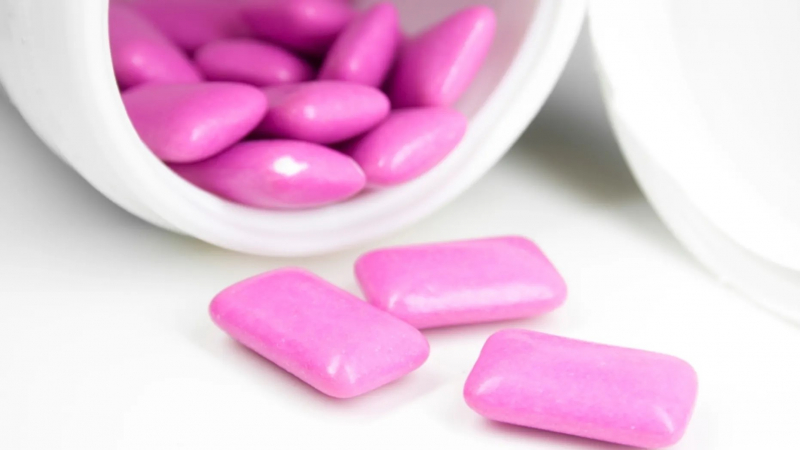
Chewing gum 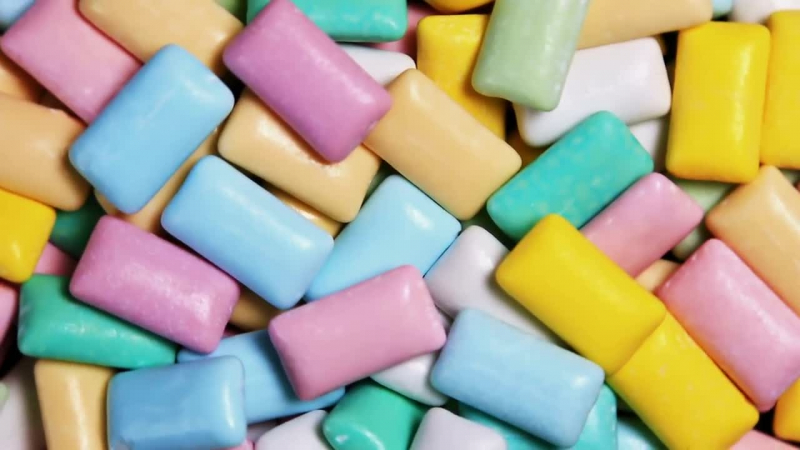
Chewing gum -
Carbonated, sweetened beverages advertised as energy drinks claim to increase alertness, mood, and energy. But since they are marketed as food supplements, energy drinks are not subject to FDA regulation and are not subject to stringent testing. As a result, it could be challenging to determine some brands' caffeine content.
According to one study, energy drinks typically contain 50 to 505 mg of caffeine. One 8.4-ounce (250 mL) can of the well-known energy drink Red Bull, for instance, has 80 mg of caffeine. Added energy, fast caffeine absorption, flavor Variation, energy supplementation, ease of access, affordability and better concentration are the main benefits of energy drinks. Energy drinks also include taurine, an amino acid with antioxidant effects that are naturally found in the brain.
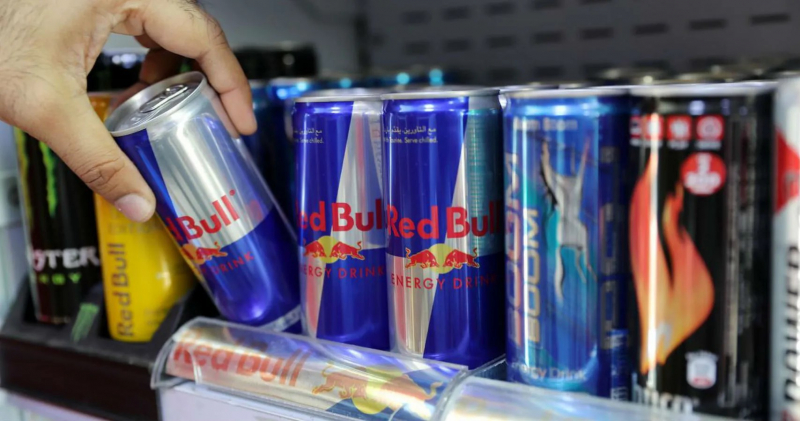
Energy drinks 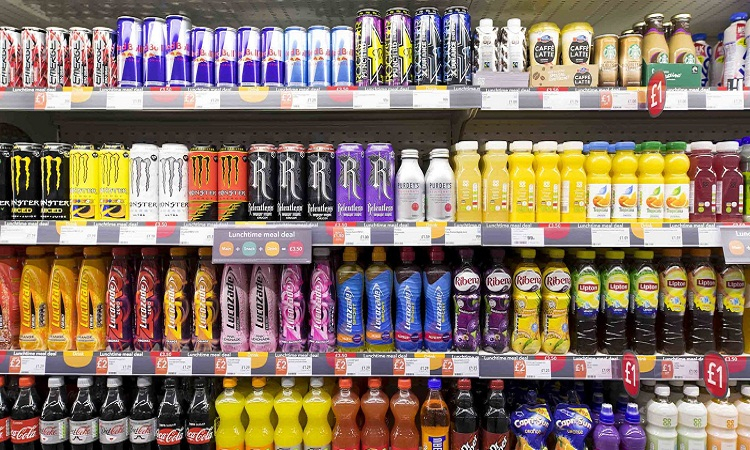
Energy drinks










